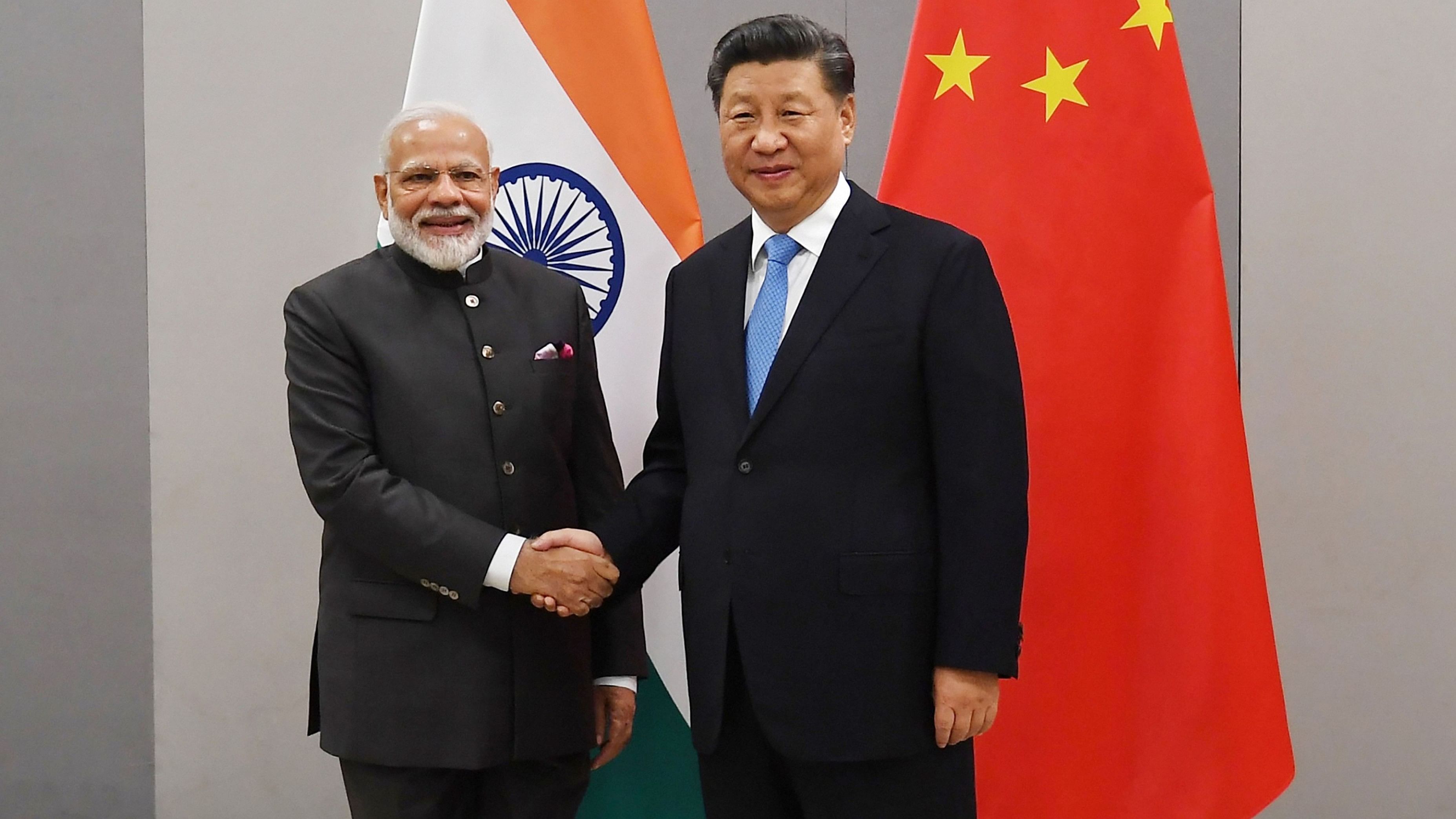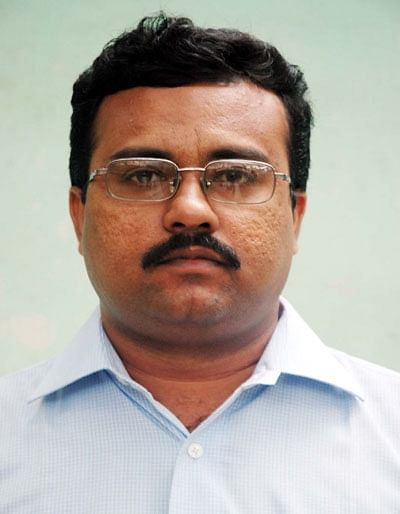
Prime Minister Narendra Modi shakes hands with Chinese President Xi Jinping
Credit: PTI File Photo
Prime Minister Narendra Modi and President Xi Jinping may have a bilateral meeting at Kazan in Russia next week to add momentum to the negotiations to completely resolve the four-and-a-half-year-long stand-off between the Indian Army and the Chinese People’s Liberation Army in eastern Ladakh.
Modi and Xi will attend the 16th BRICS summit which will be hosted by Russian President Vladimir on Tuesday and Wednesday. If the two leaders hold a bilateral meeting, it might lead to ending the impasse in negotiation to end the stand-off on the remaining face-off points, like Depsang and Demchok, along the Line of Actual Control (LAC) – the de facto boundary between India and China – in eastern Ladakh. The talks between Modi and Xi might also help resolve the issue of restoring the pre-April-2020 patrolling patterns and limits for both the Indian Army and the Chinese PLA along the LAC.
The Ministry of External Affairs in New Delhi announced the prime minister’s visit to Russia for the BRICS summit. The prime minister is also expected to hold “bilateral meetings with his counterparts from (the) BRICS member countries and invited leaders” during his visit, the MEA added in a press release issued on Friday.
The BRICS – originally a bloc comprising Brazil, Russia, India, China, and South Africa – last year agreed to expand its membership, by admitting six more nations – Egypt, Ethiopia, Saudi Arabia, United Arab Emirates, and Argentina.
Argentina, however, later decided not to join the BRICS. Saudi Arabia too could not yet decide on joining the bloc, which China and Russia would like to turn into an alternative to the G7 grouping of the advanced economies of the West.
Modi and Xi did not have any formal bilateral meeting ever since the aggressive moves by the Chinese PLA to unilaterally change the status quo along the LAC in eastern Ladakh and the counter-deployment by the Indian Army in April-May 2020 had started the military stand-off between the two neighbouring nations in eastern Ladakh. The bilateral relations had hit a new low after the stand-off had reached a flashpoint with the violent clash between the soldiers of the Indian Army and the Chinese PLA in Galwan Valley on June 15, 2020.
The two leaders, however, had held a brief discussion about the need to stabilise the relations during a dinner on the sidelines of the G20 summit at Bali in Indonesia in November 2022. They had also agreed to step up efforts to resolve the military stand-off along the LAC when they again had a brief interaction during the BRICS summit at Johannesburg in South Africa in August 2023.
New Delhi has been trying to impress upon Beijing that peace and tranquillity in the border areas and respect for the LAC were essential for the normalisation of the bilateral relations. Beijing, on the other hand, has been claiming that the mutual withdrawal of troops by the Chinese PLA and the Indian Army from Patrolling Point 15 (Gogra-Hotsprings area) in September 2022 marked the restoration of normalcy along the LAC in eastern Ladakh. India did not buckle under China’s pressure to accept the “new normal” in the Depsang and Demchok areas and move on to bring the ties back on track.
External Affairs Minister S Jaishankar and his counterpart Wang Yi recently had two back-to-back meetings in July – first in Astana on July 4 and then again in Vientiane on July 25. The diplomats of the two sides followed it up with two meetings within the framework of the bilateral Working Mechanism on Consultation and Coordination (WMCC) in New Delhi and Beijing on July 31 and August 29.
After the second WMCC meeting, China claimed to have “further narrowed differences” with India. New Delhi described its latest round of talks with Beijing as “frank, constructive, and forward-looking”.
Beijing also agreed to strictly abide by its “border-related agreements” with New Delhi, which had repeatedly alleged over the past few years that the violation of the 1993 and 1996 pacts by the Chinese PLA had necessitated countermeasure by the Indian Army and had led to the stand-off along the LAC in eastern Ladakh.
Though protracted negotiations led to the mutual withdrawal of troops by both the Indian Army and the Chinese PLA from some of the face-off points along the LAC, like Galwan Valley, the northern and southern banks of Pangong Tso, Gogra Post, and Hot Springs, the stand-off could not be resolved completely so far.
The PLA troops deployed in Depsang, well inside the territory of India along the LAC with China, are continuing to block the Indian Army’s access to Patrolling Points 10, 11, 12, 12A, and 13. The two sides, however, recently reached closer to a deal for disengagement of troops from the face-off point at Demchok.
